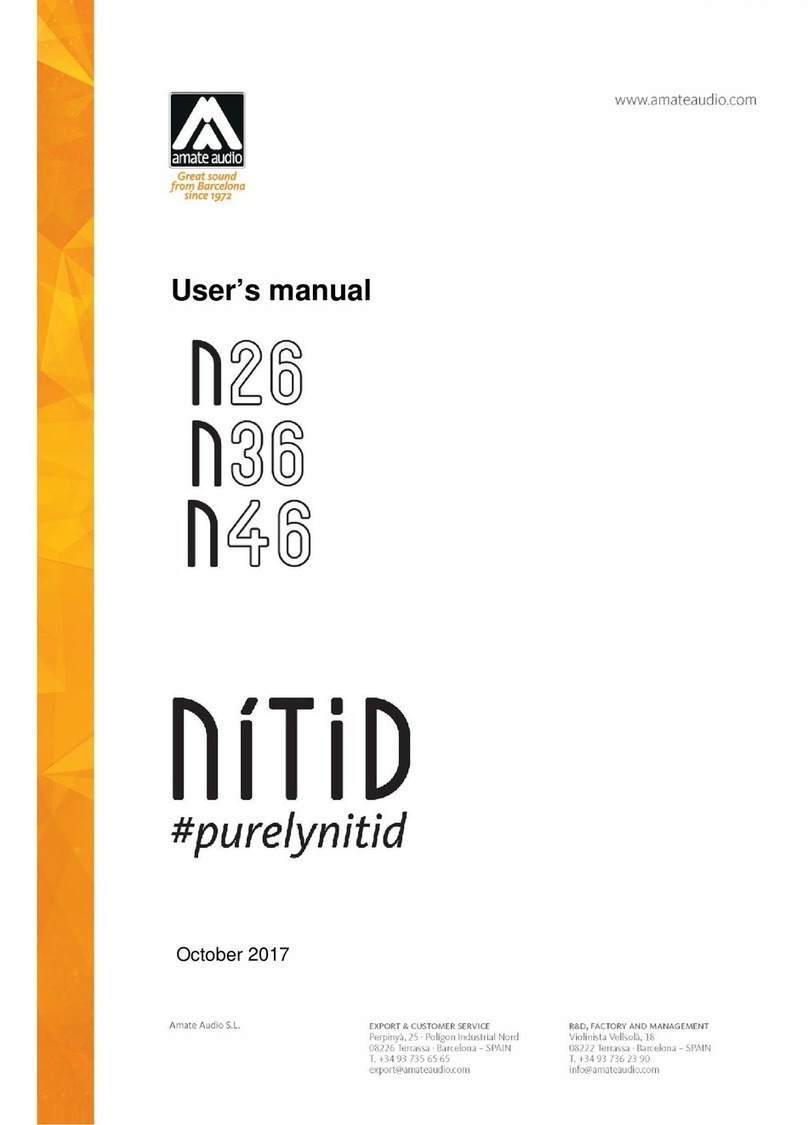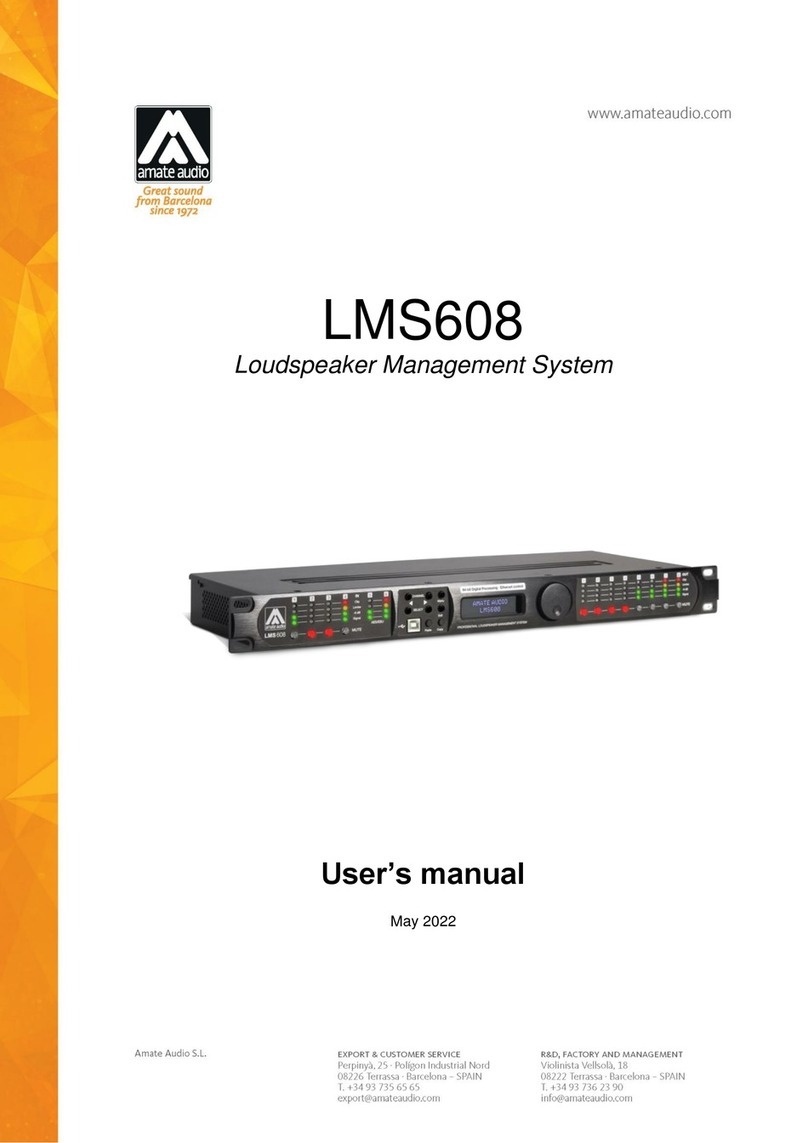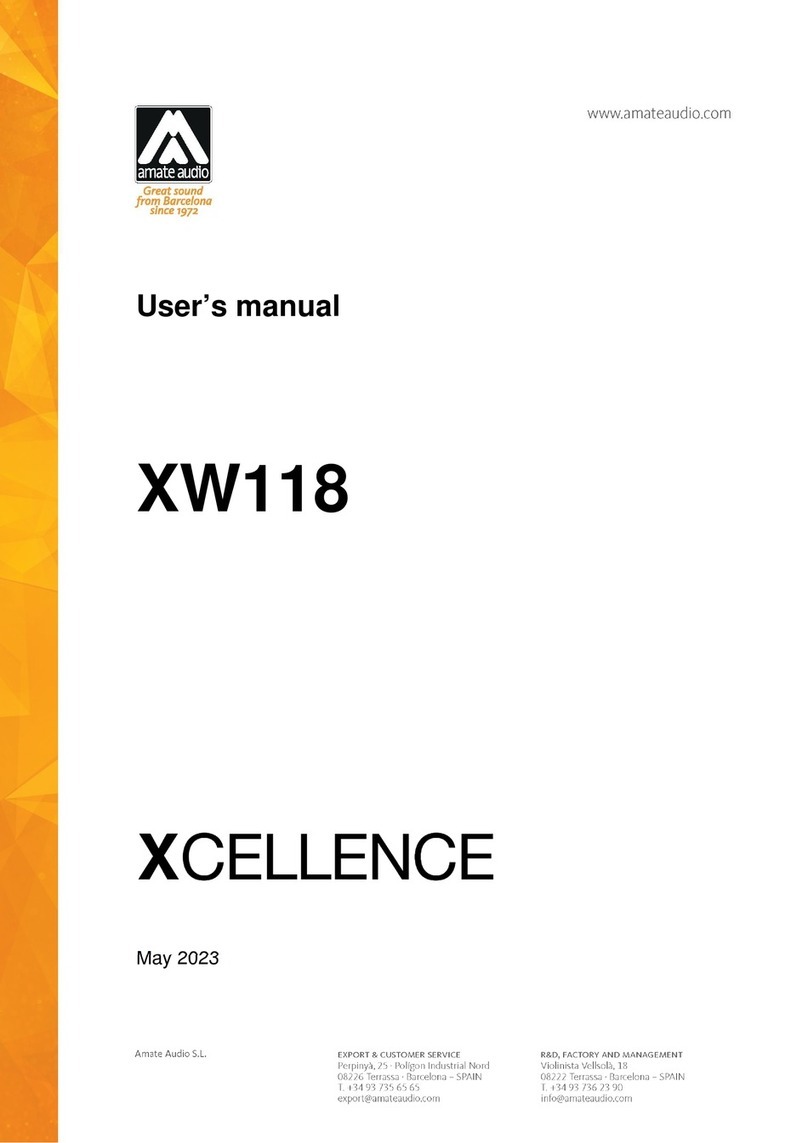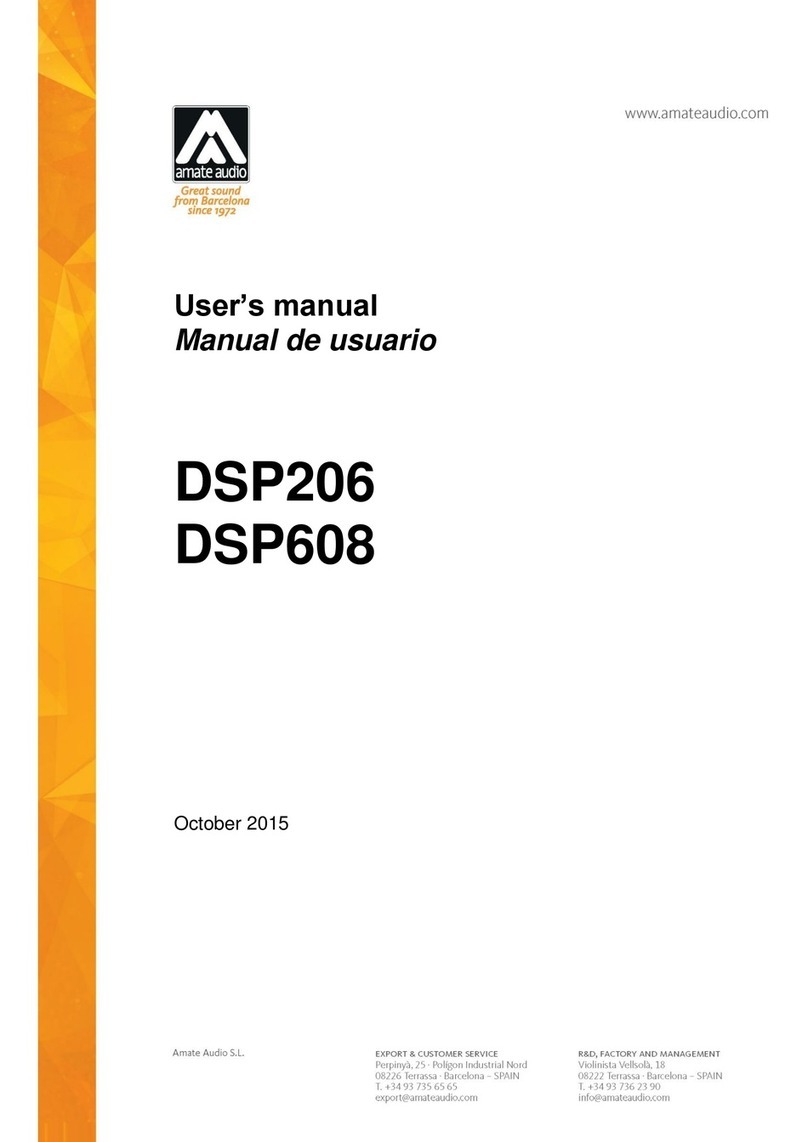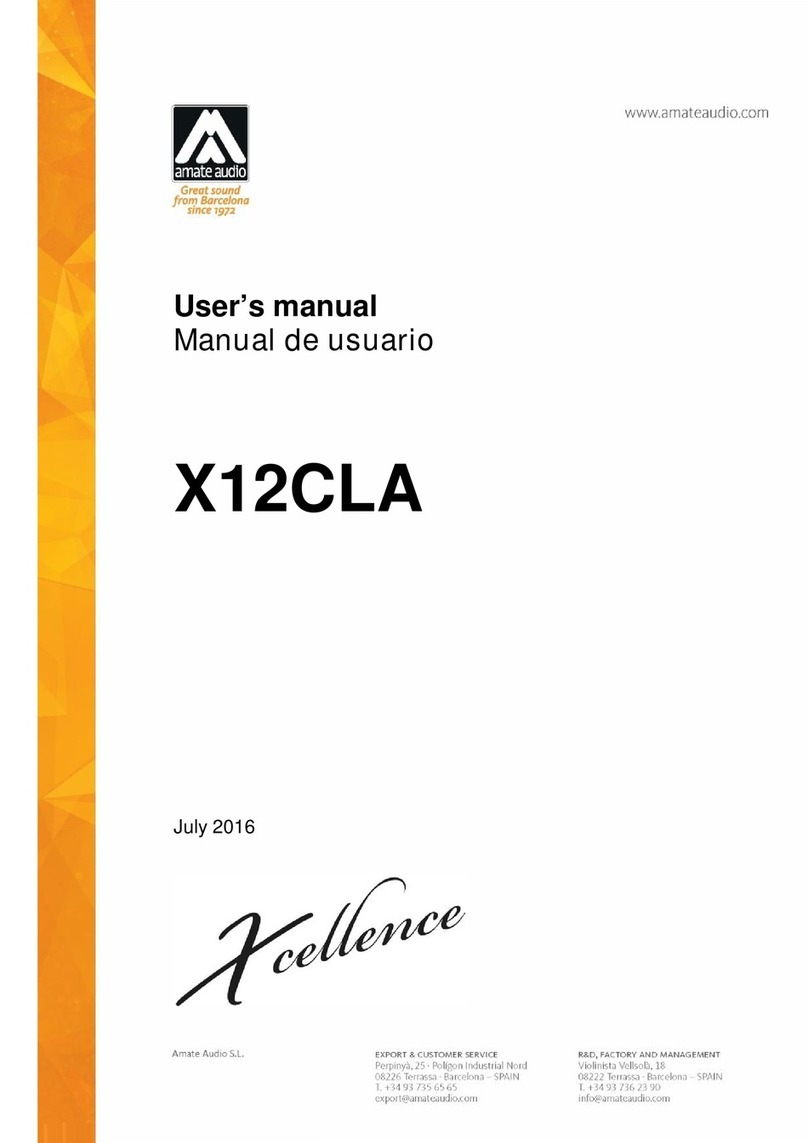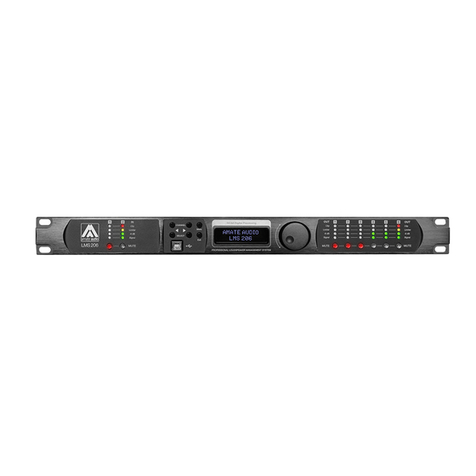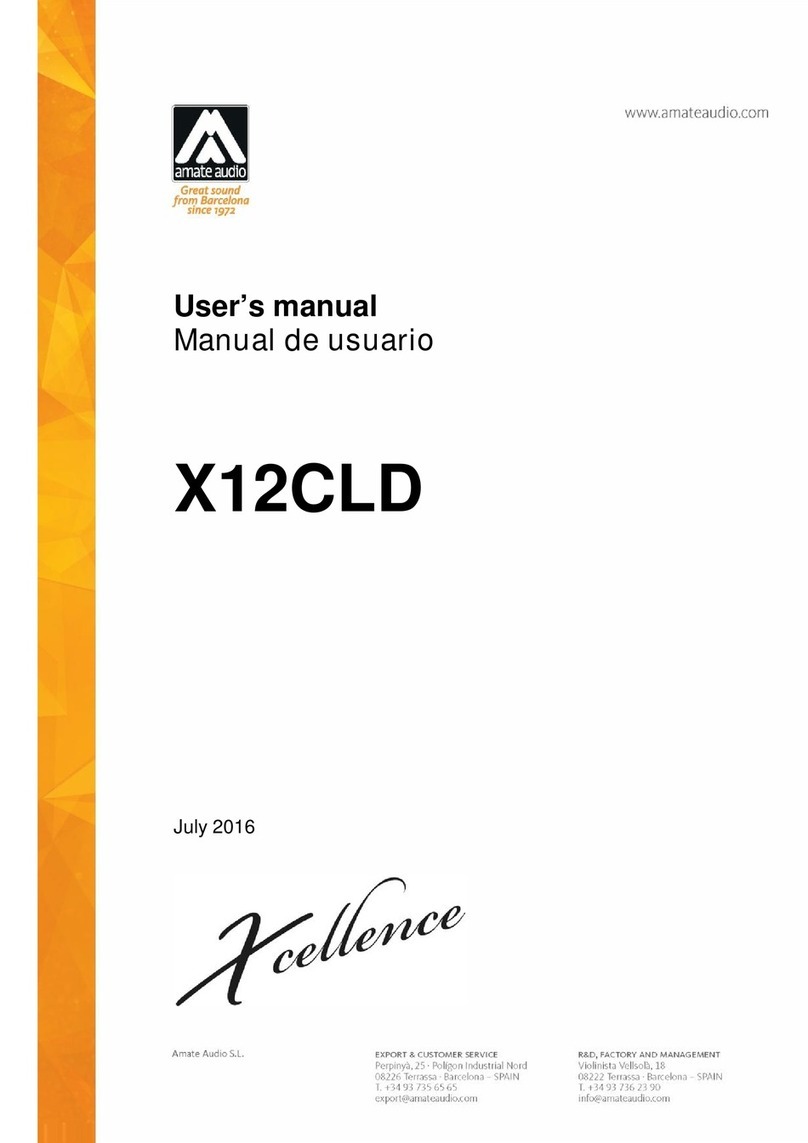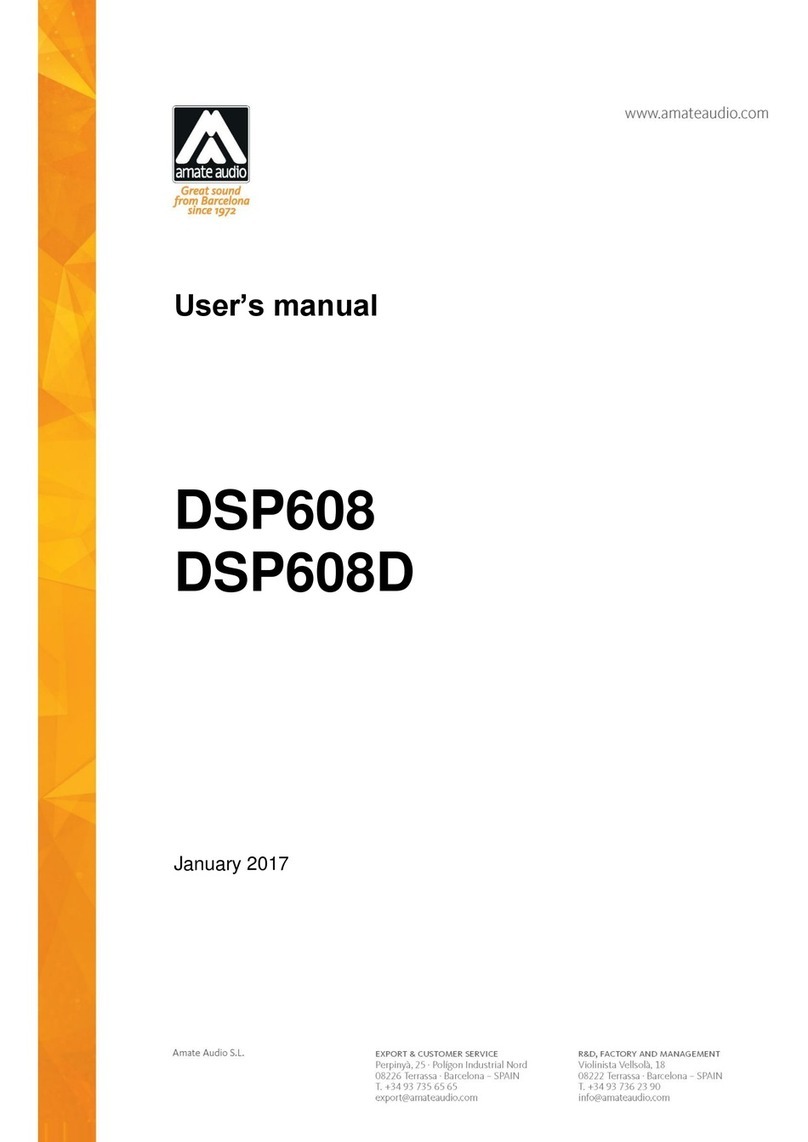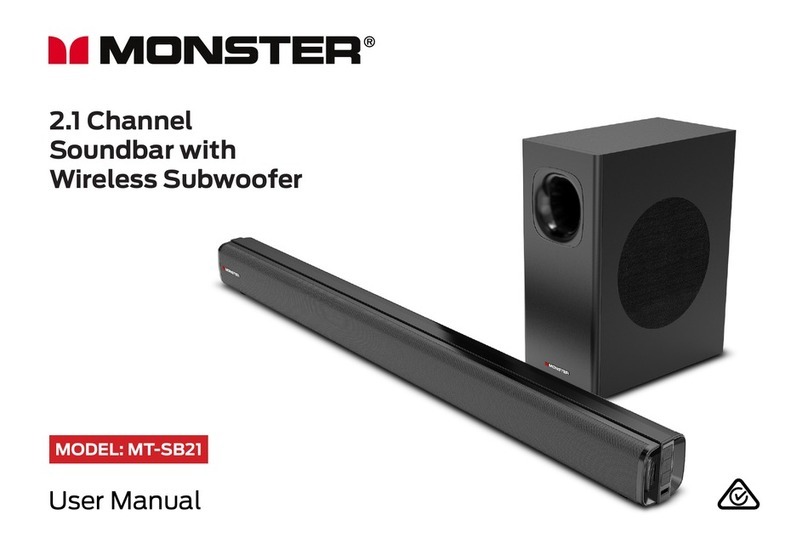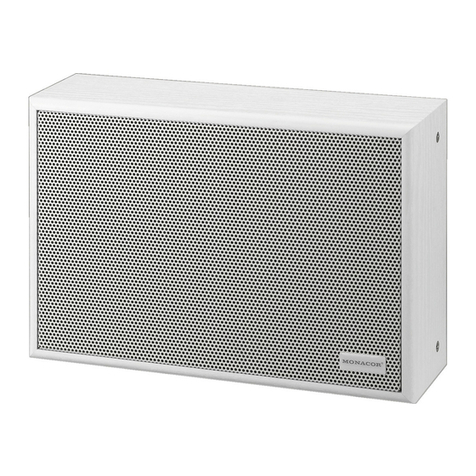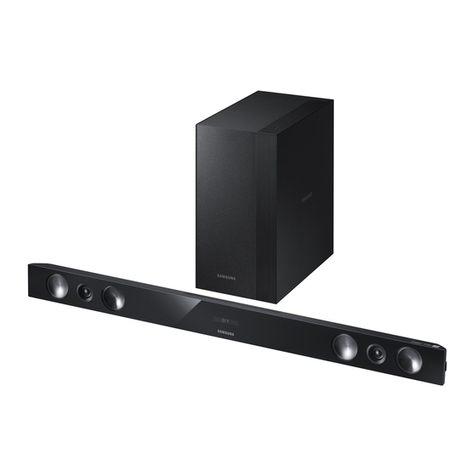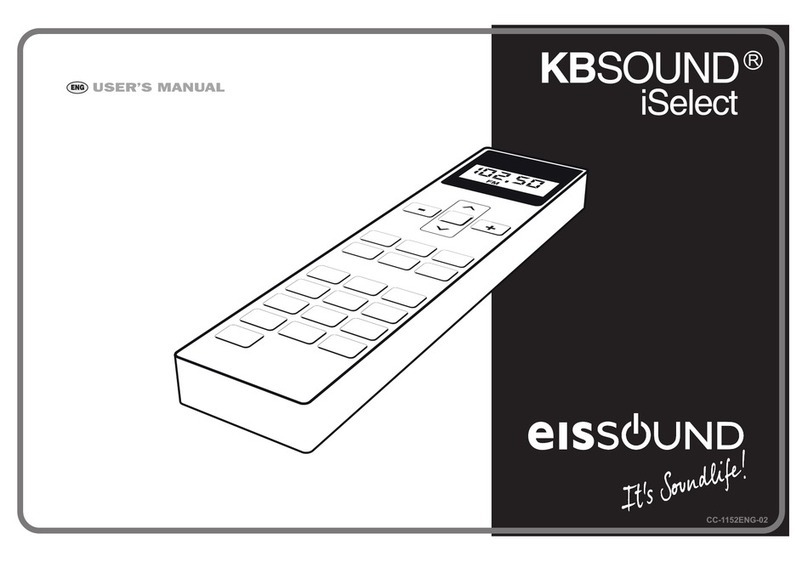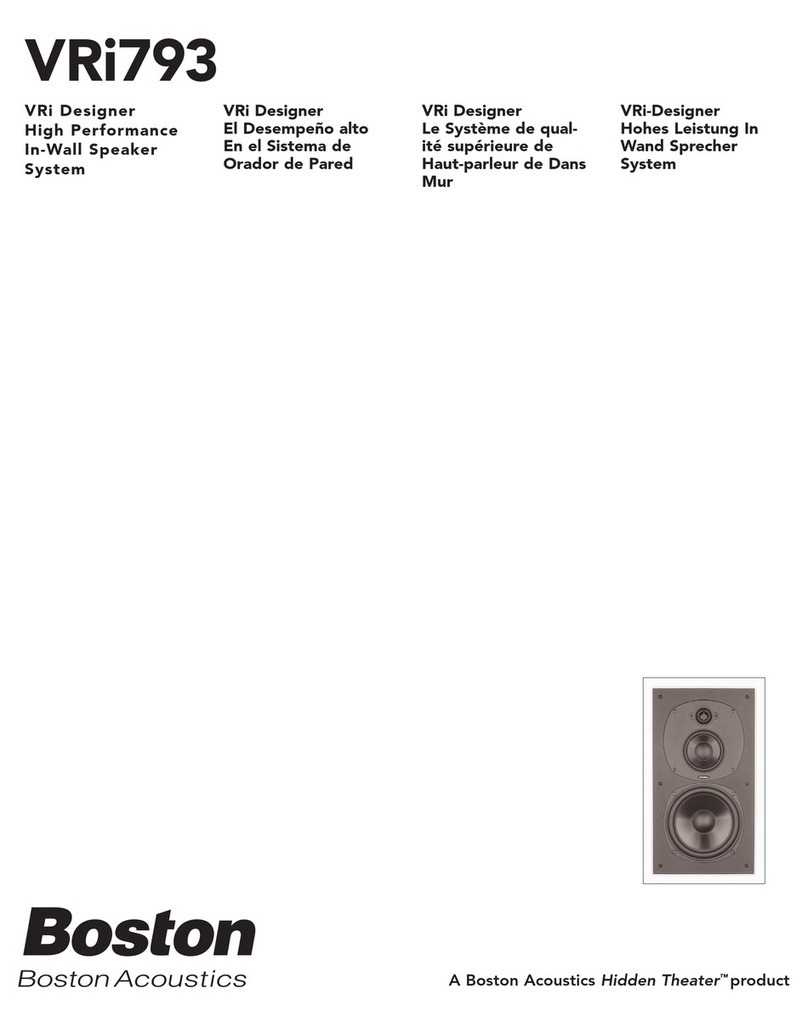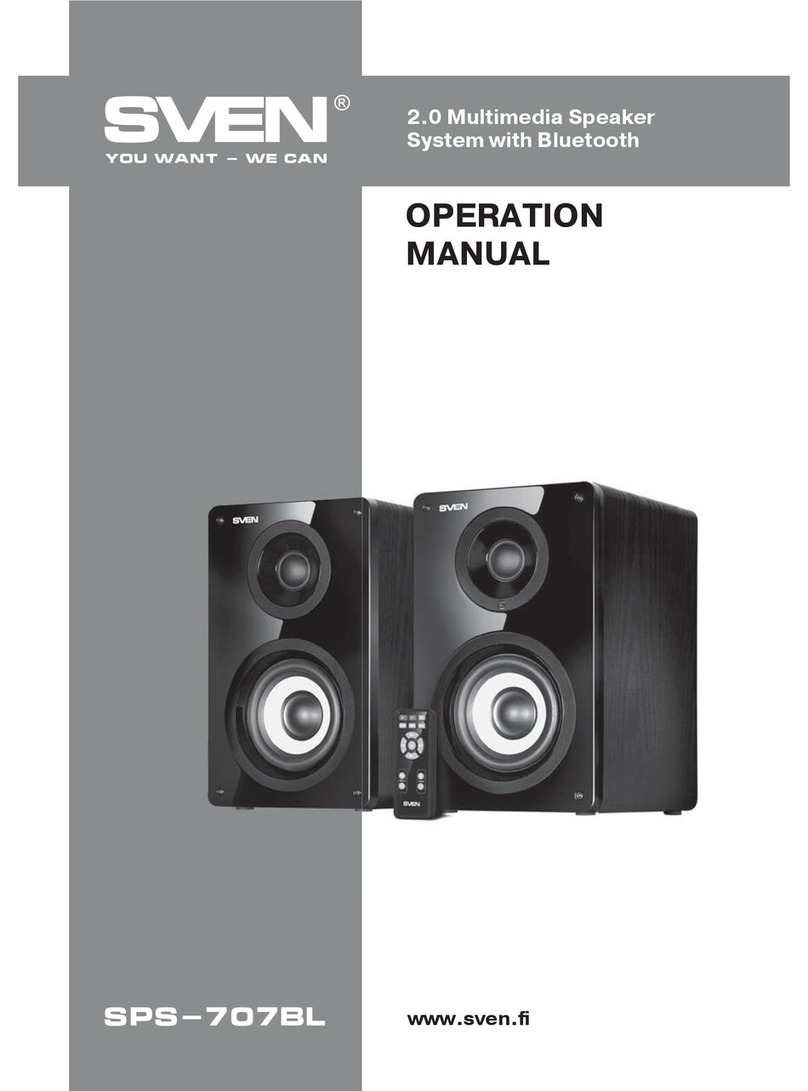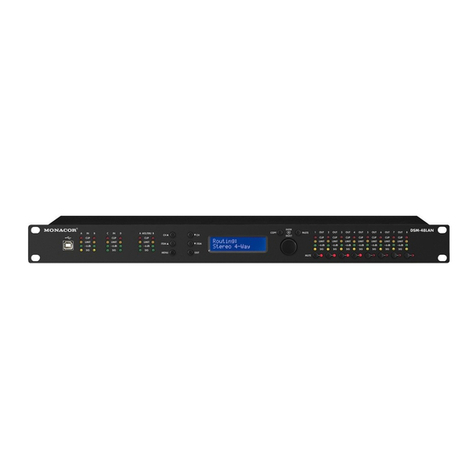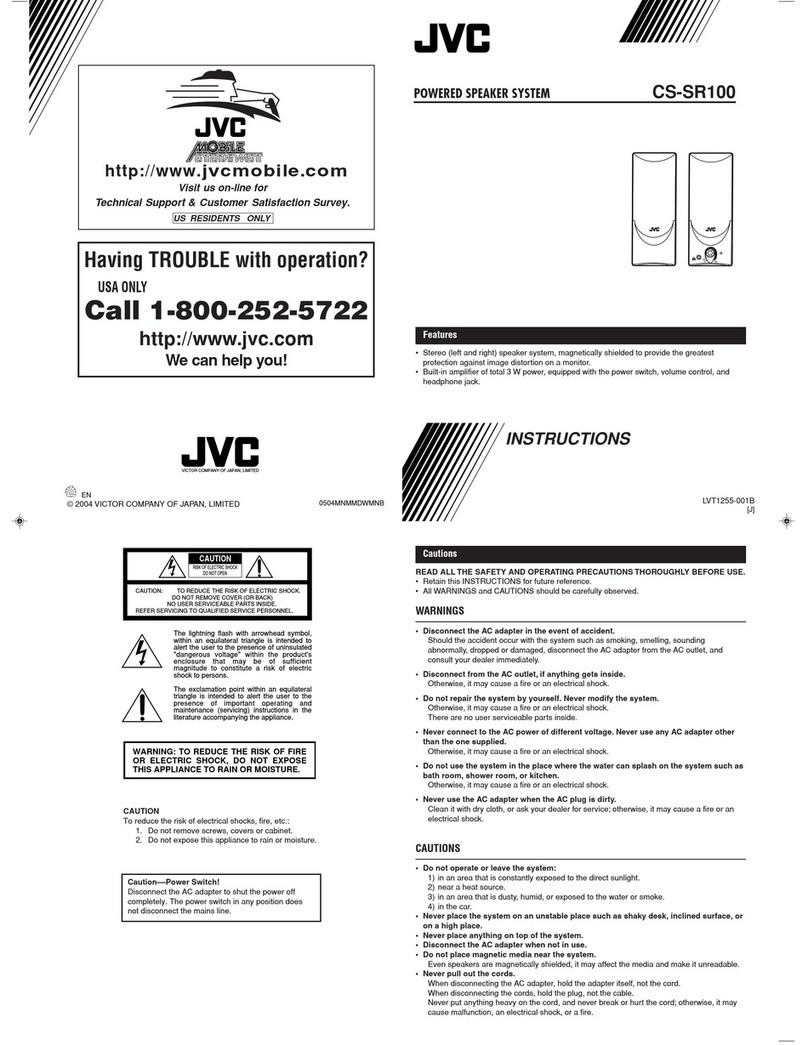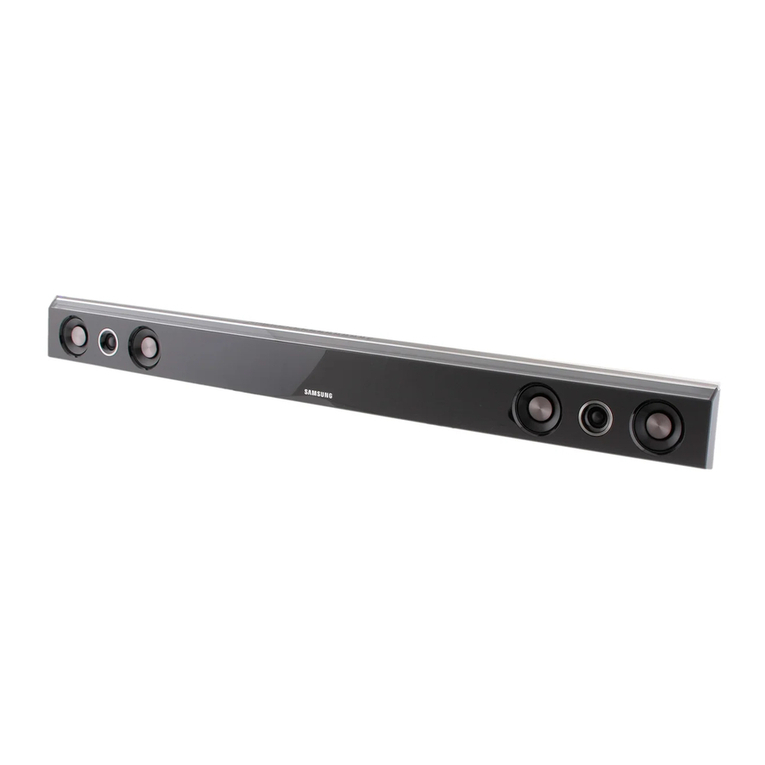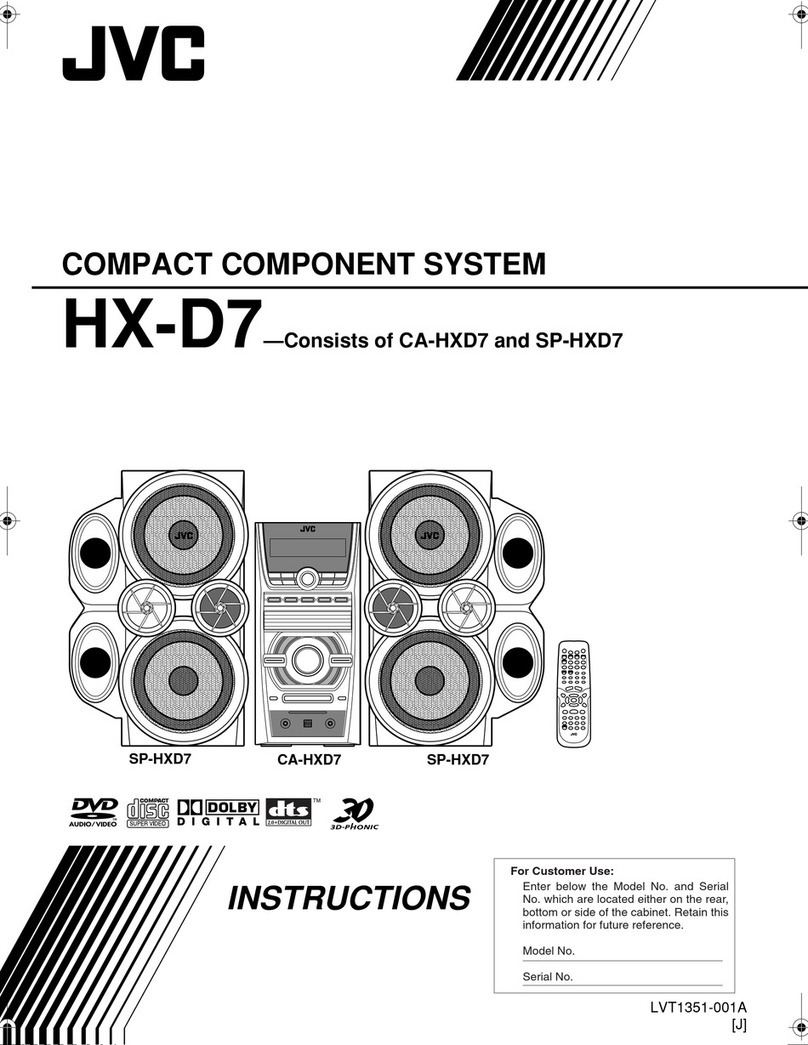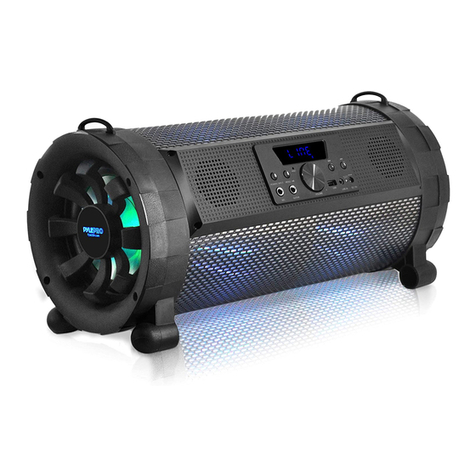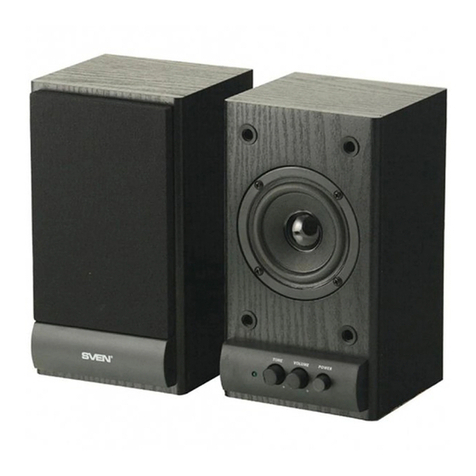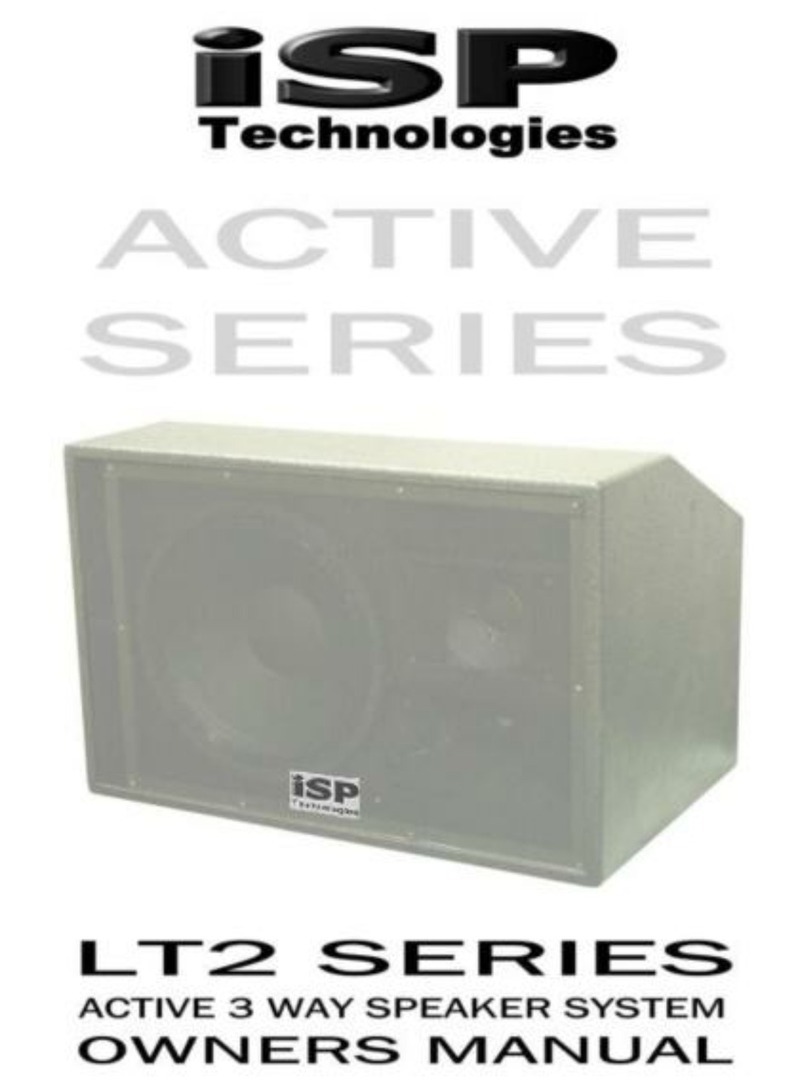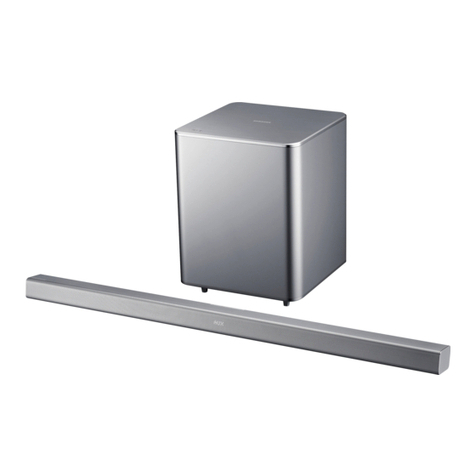2.2.2. Full Range Parallel
configuration
Connect the amplifier's output to
the Speakon’s input of the first
cabinet, always respecting the
polarity positive +1, negative -1.
Then, make a bridge from the first
cabinet to the second one. This
configuration allows you to connect
up to four cabinets to the same
amplifier.
Fig.3. Full range parallel configuration
2.2.3. Passive configuration with Subwoofer
There will be times when you will be
interested in reinforcing your KEY
systems with subwoofer units, in passive
mode. In this case only one amplifier will
be used for the whole system.
Connect one of the outputs of the
amplifier to the subwoofer through a wire.
Then, make a bridge from the slave
Speakon connector of the subwoofer to its
respective mid-high top unit, always
respecting the correct polarity between
both systems. Do the same with the other
channel. It is also correct, if the
installation requires so, to make the
connection in the opposite way, that is,
from the amplifier to the satellite and then
to the subwoofer.
Note: when using this configuration, make
sure to use a LPF (Low pass filter) on the
subwoofer unit (refer to “LPF12
accessory”).
Fig.4. Passive with subwoofer configuration
